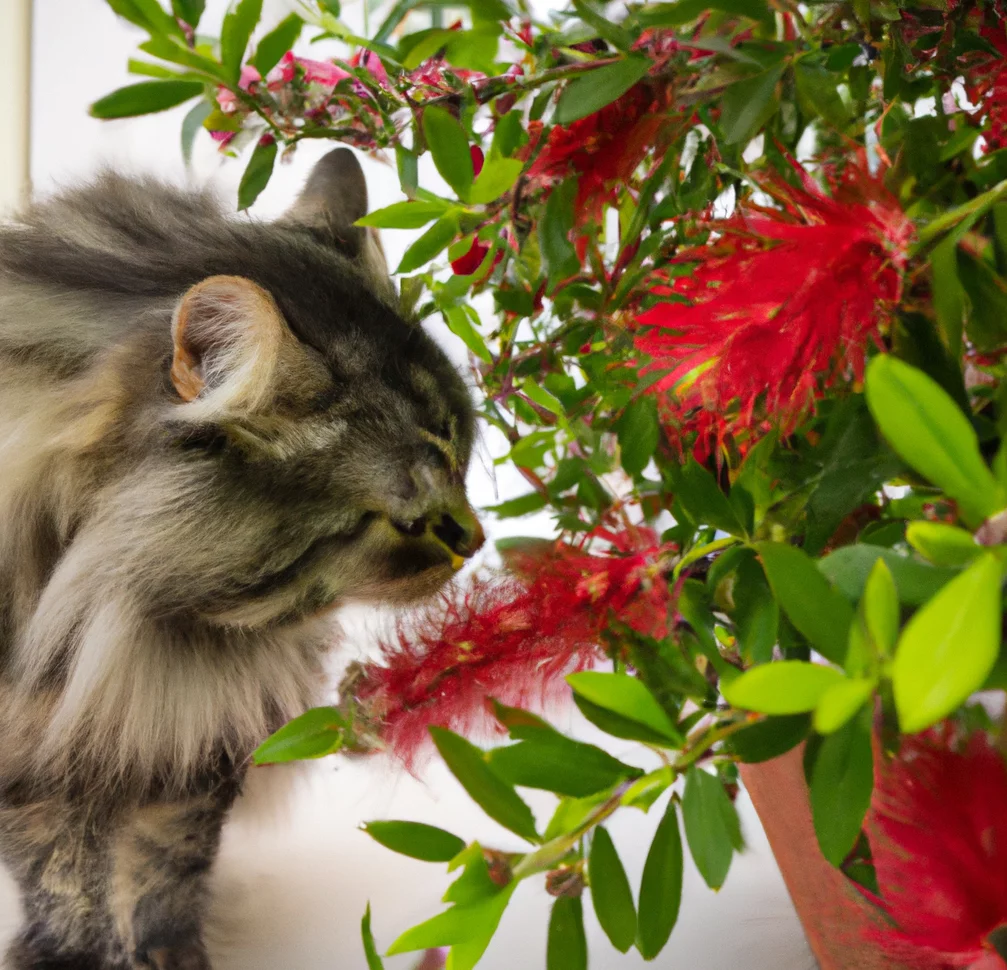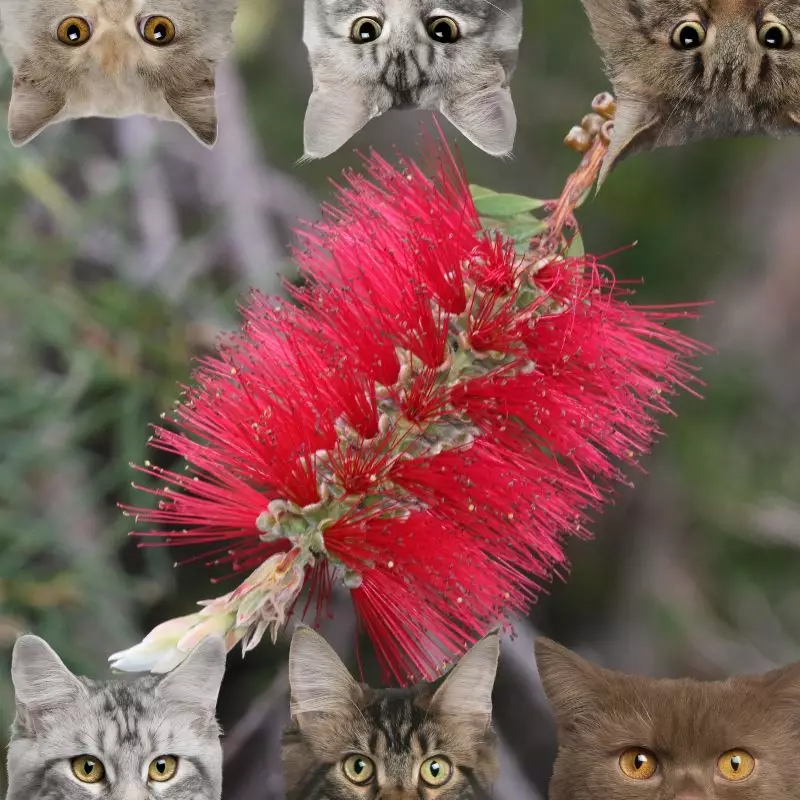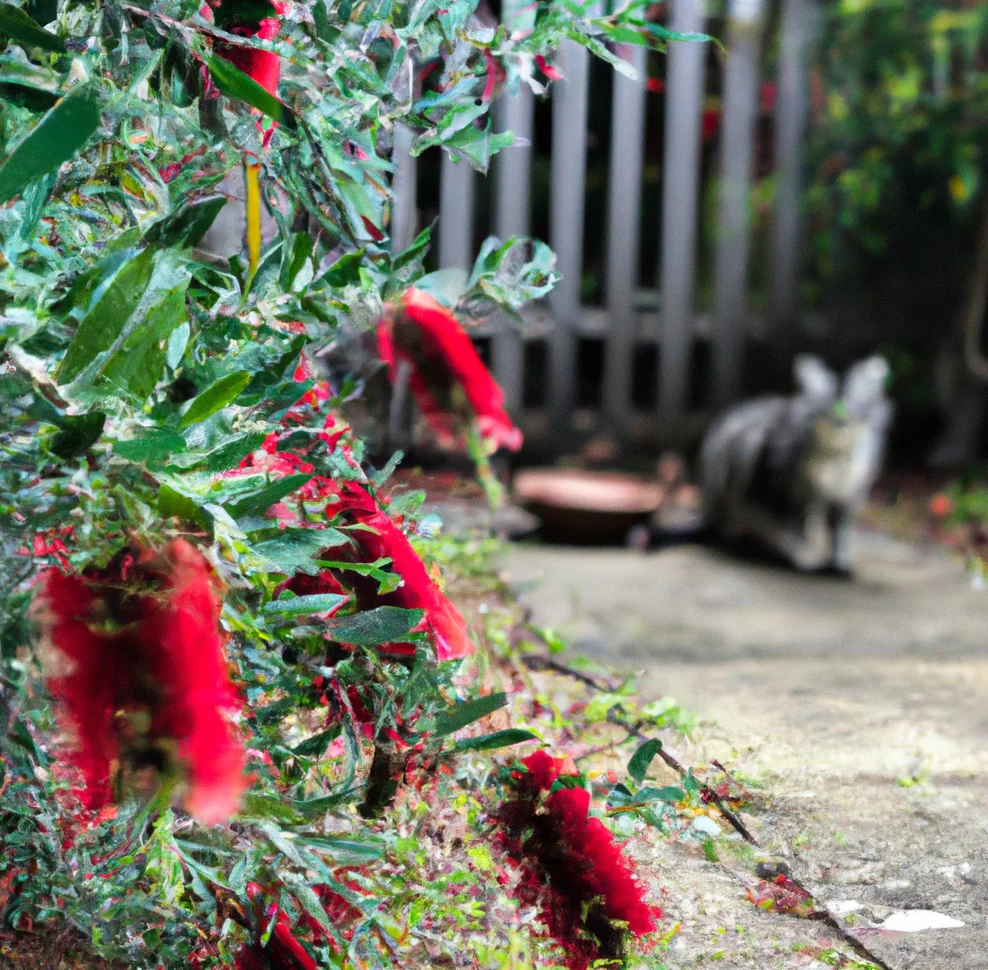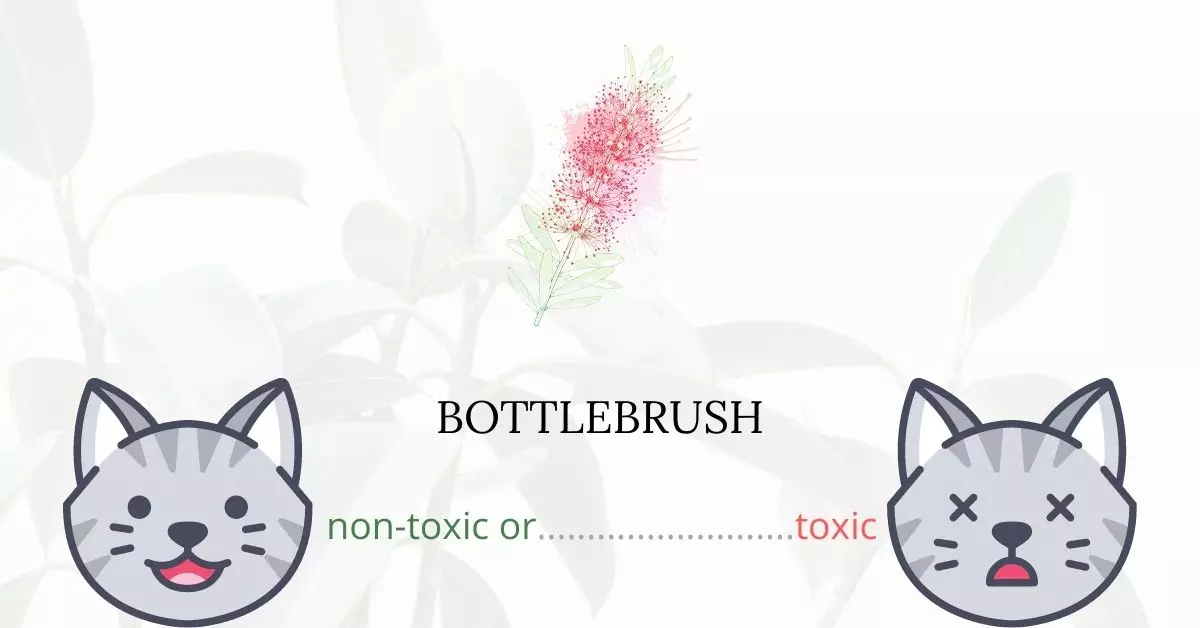Bottlebrush, specifically the Callistemon species, is considered non-toxic for cats. According to high-authority sources such as the American Society for the Prevention of Cruelty to Animals (ASPCA), this particular species is recognized as non-toxic for cats, dogs, and horses. However, it’s essential to distinguish the Callistemon species, commonly known as bottlebrush, from Aesculus parviflora or the Buckeye bottlebrush, which is known to be toxic.
This article was written in collaboration with a team of experienced DVMs (doctors of veterinary medicine). Their insights and expertise ensure that we deliver accurate and up-to-date information on the potential risks associated with various plants and their effects on feline companions. We have also undertaken comprehensive research across trusted websites, including ASPCA and PetMD, to provide a thorough understanding of every plant, especially the Bottlebrush in this case.
Can Cats Eat Bottlebrush or Callistemon?

Yes, cats can definitely eat bottlebrush or Callistemon. They are considered safe for cats. Touching, swallowing, or licking a bottlebrush is safe for your feline companions.
Even though bottlebrush or plants of any type are non-toxic, it is still advised not to let your cat consume too much of them to be safe. Because cats lack the enzymes needed to digest plant stuff effectively, they will have digestive issues if they ingest excessive amounts of it.
What is Bottlebrush or Callistemon?

Bottlebrush is also scientifically known as Callistemon species from the Myrtaceae plant family. Other common names for bottlebrushes are Weeping Bottlebrush, Prickly Bottlebrush, and Crimson Bottlebrush. Because of its cylindrical, brush-like blooms that resemble a typical bottle brush, Callistemon species are gained the common name bottlebrush. They are endemic in Australia, particularly along the east coast, and like damp conditions, thus they flourish in gardens with frequent irrigation.
Bottlebrush flower spikes appear in the spring and summer and are made up of several individual blooms. The pollen from the flower collects at the end of a filament, which is a long, colored stalk. The flower spike’s color and unusual ‘bottlebrush’ form are due to these filaments. The filaments are normally yellow or red, and pollen can occasionally give the flower spikes a brilliant yellow flush. Each blossom produces a little woody fruit with hundreds of tiny seeds within. These fruits grow in bunches along the stem and can last for years on the plant.
Keeping Cats Away From Bottlebrush

If you reside in an area where bottlebrushes flourish, you shouldn’t be concerned. However, you should keep your cats indoors as much as possible for safety reasons. This will reduce the likelihood of coming into touch with any type of plant.
You can try making a plant terrarium if you have plants at home. Using a natural deterrent will also drive your cats away from your houseplants.
Because cats do not like the scent and texture of aluminum foils, experts also advise using these to prevent cats from getting near your plants. You can place it over the solid in your garden, or wrap it around your plant pots.
Plants to Avoid For Your Cats
If you are a cat owner and unsure if the plants growing in your yard are harmful to your cats, check out this list of toxic plants for cats. You can also check our list of non-toxic plants for cats.





